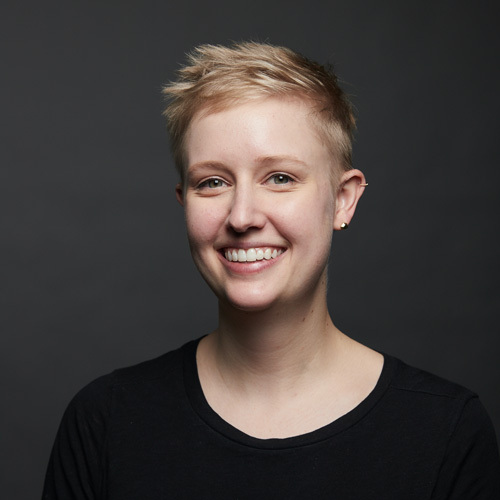Technology
Influencer marketing strategies could be missing a market of 1 billion deaf and disabled people

May 17, 2022 01:00 PM
Featured Stories
15 agency executives leading the charge for personalization through AI and other tech innovations
These executives are building AI products and tools for their agencies and clients.




